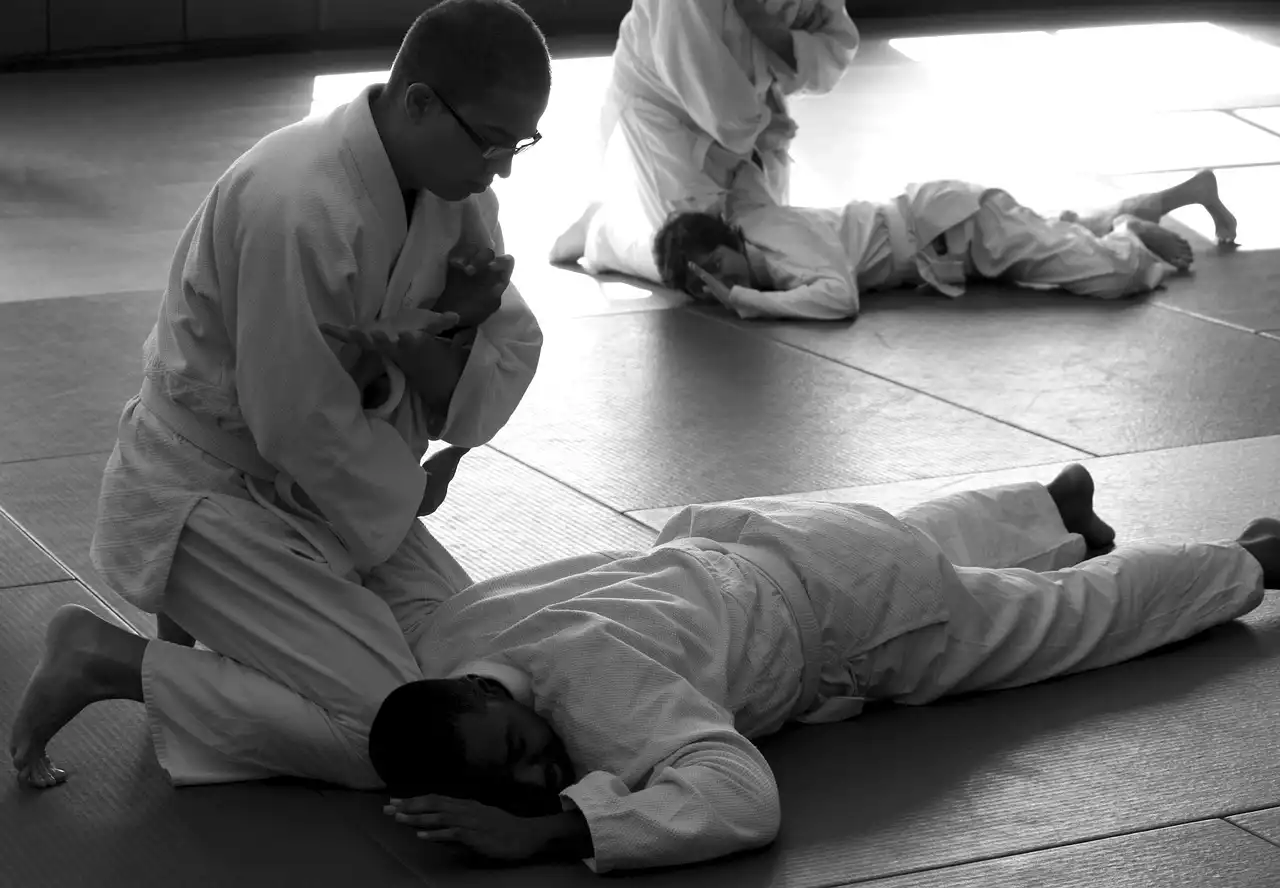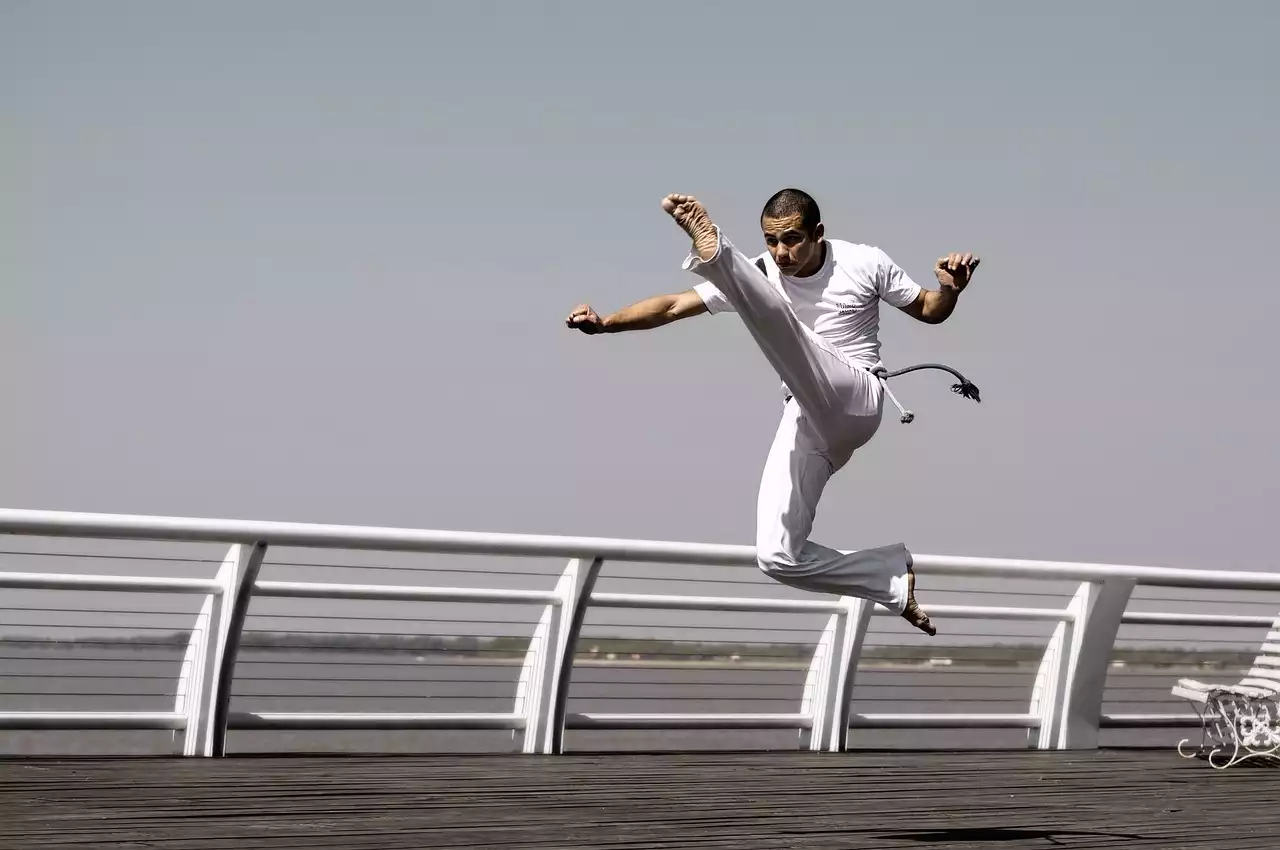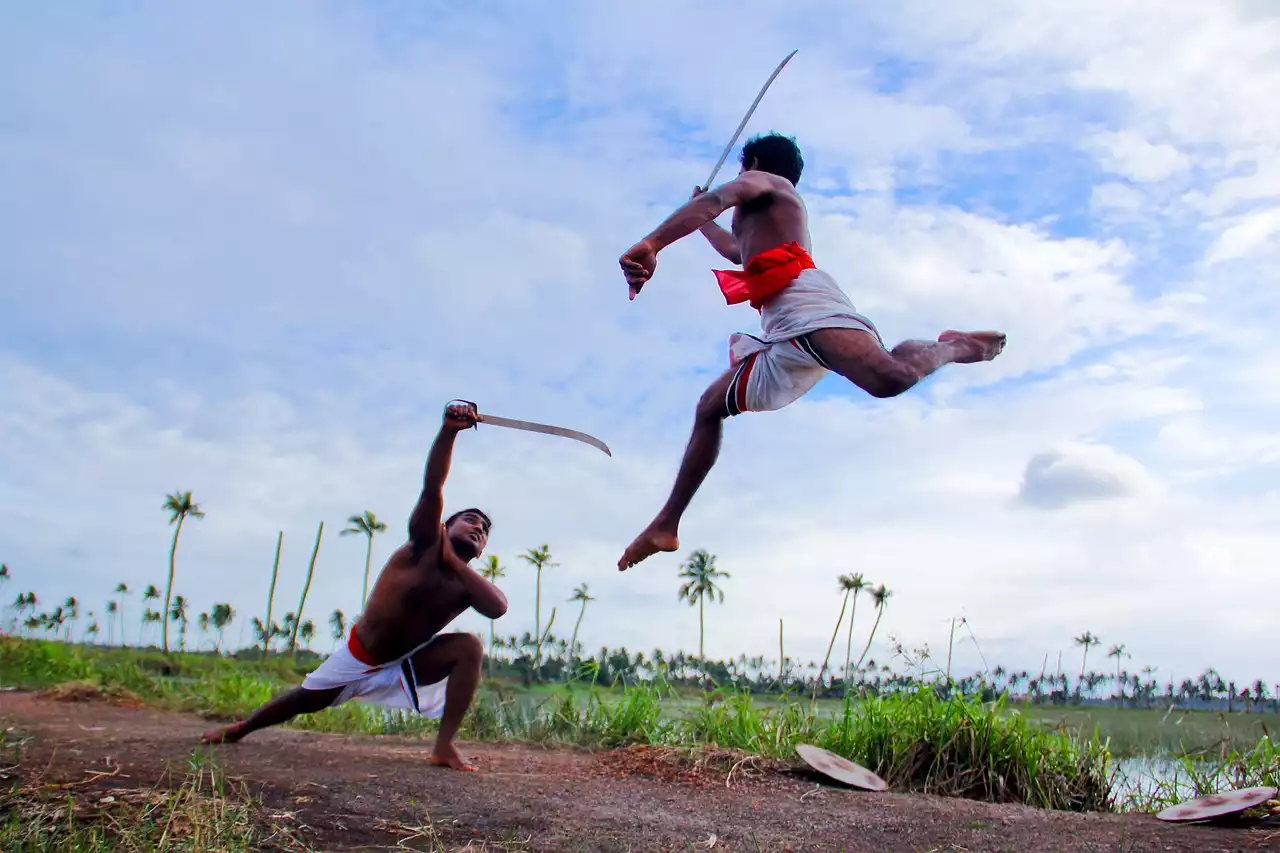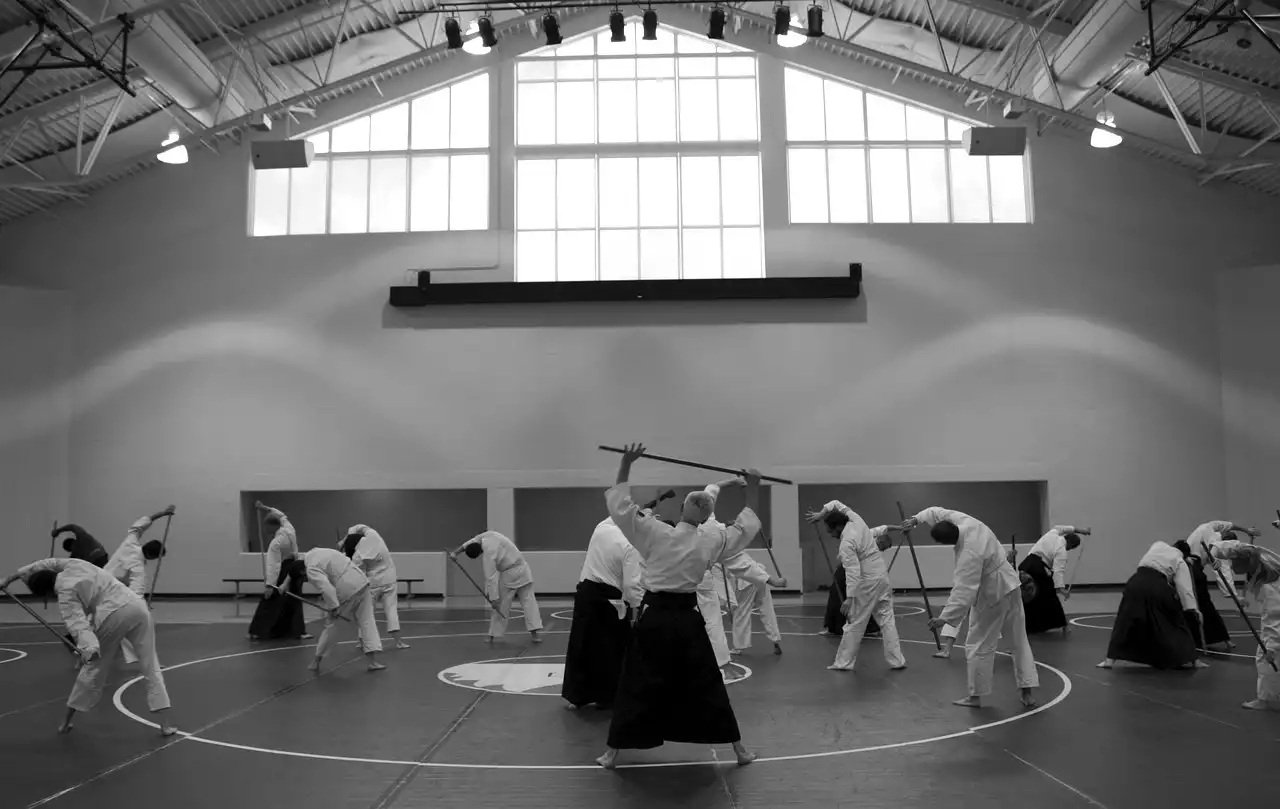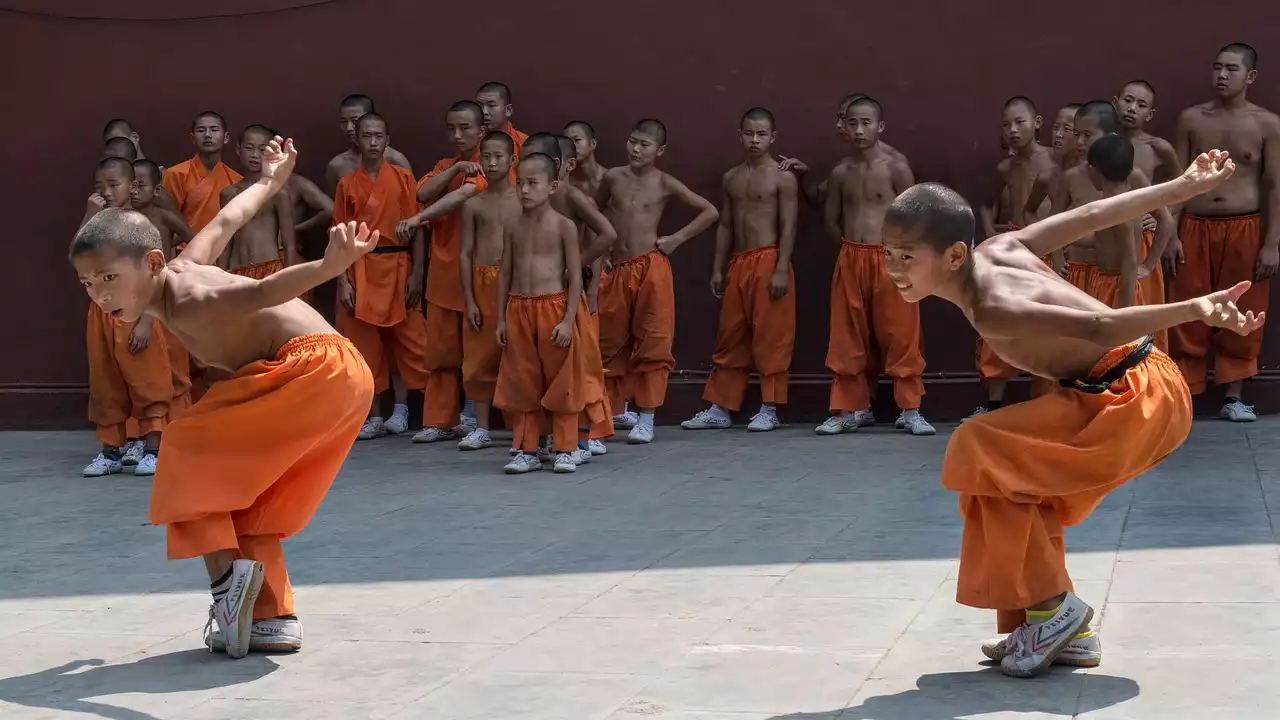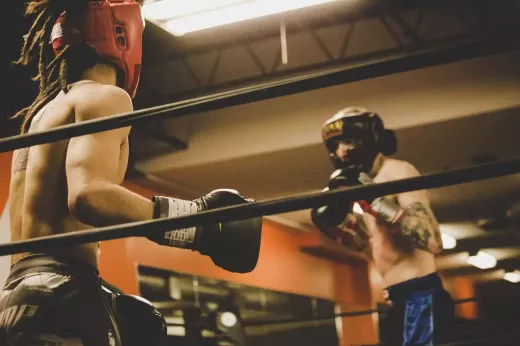Understanding the Philosophy behind Hapkido
Hapkido is more than just a martial art, it's a philosophy that emphasizes the importance of harmony and balance. The word "Hapkido" can be translated as "the way of coordinating energy," and the primary goal of Hapkido is to use an opponent's energy against them. This philosophy is rooted in the principles of Taoism, which emphasizes the interconnectedness of all things.
In Hapkido, your goal is not to defeat your opponent but to redirect their energy and neutralize their aggression. This requires a deep understanding of body mechanics and the ability to read your opponent's movements. By staying calm and centered, you can use your opponent's force against them and bring them under control with minimal effort.
Hapkido also emphasizes the importance of self-discipline and self-control. As you progress in your training, you'll learn to control your emotions and remain focused even in the face of danger. This mental discipline is just as important as physical training and will help you stay calm and composed in any situation.
Benefits of Learning Hapkido
Learning Hapkido has numerous benefits, both physical and mental. Here are just a few of the benefits you can expect from practicing Hapkido:
Improved Physical Fitness
Hapkido is a full-body workout that will help you build strength, endurance, and flexibility. The kicks, punches, and strikes in Hapkido require a lot of energy, and the joint locks and throws require a lot of core strength. By practicing Hapkido regularly, you'll improve your overall physical fitness and feel more confident in your body.
Increased Self-Confidence
Learning how to defend yourself is empowering, and Hapkido can help you develop a sense of confidence that extends beyond the dojo. As you master new techniques and become more comfortable with your abilities, you'll feel more confident in all areas of your life.
Reduced Stress and Anxiety
Physical exercise is a great way to reduce stress and anxiety, and Hapkido is no exception. As you focus on your training, you'll be able to let go of your worries and be present in the moment. This mindfulness can help you feel more relaxed and centered, even in the midst of a busy day.
Improved Focus and Concentration
Hapkido requires a lot of mental focus and concentration, and practicing regularly can help improve these skills. As you learn new techniques and refine your movements, you'll become more aware of your body and your surroundings. This increased awareness can help you stay focused and alert in any situation.
History of Hapkido
Hapkido has a long and rich history that dates back to the early 20th century. The art was founded by Choi Yong-Sul, a Korean martial artist who had spent many years living in Japan. Choi was influenced by several different martial arts, including Daito-ryu Aikijujutsu, which is known for its joint locks and throws.
Choi began teaching Hapkido in Korea in the 1940s, and the art quickly gained popularity. Over the years, Hapkido has continued to evolve and grow, incorporating new techniques and ideas from other martial arts. Today, Hapkido is practiced all over the world and has become one of the most respected martial arts in the world.
Basic Techniques of Hapkido
Hapkido includes a wide range of techniques, including kicks, punches, strikes, joint locks, and throws. Here are some of the basic techniques you'll learn as a beginner in Hapkido:
Kicks
Hapkido includes a variety of kicks, including front kicks, side kicks, roundhouse kicks, and back kicks. These kicks are designed to be fast and precise, allowing you to strike your opponent from a distance.
Punches
Punches in Hapkido are designed to be powerful and effective. You'll learn how to punch with proper form and generate maximum force with each strike.
Strikes
Hapkido includes a variety of strikes, including palm strikes, elbow strikes, and knee strikes. These strikes are designed to be quick and efficient, allowing you to strike your opponent with minimal effort.
Advanced Techniques of Hapkido
While the basic techniques of Hapkido are important, it's the advanced techniques that make Hapkido truly unique. These techniques focus on joint locks and throws, which can be used to immobilize an opponent with minimal force.
Joint Locks
Joint locks are the hallmark of Hapkido, and they're what sets this martial art apart from others. Joint locks involve manipulating an opponent's joints in a way that causes pain or discomfort, forcing them to submit. These techniques can be used to immobilize an attacker without causing permanent damage.
Throws
Throws in Hapkido are designed to be quick and efficient, allowing you to take an opponent to the ground with minimal effort. These techniques are often used in combination with joint locks, allowing you to control an attacker's movements and neutralize their aggression.
Practicing Hapkido for Self-Defense
While Hapkido is a great way to stay fit and improve your mental focus, it's also an effective self-defense system. The joint locks and throws in Hapkido are designed to be used in real-world situations, allowing you to defend yourself against an attacker with minimal force.
When practicing Hapkido for self-defense, it's important to remember that your goal is not to defeat your opponent but to neutralize their aggression and escape. By staying calm and focused, you can use your opponent's energy against them and bring them under control with minimal effort.
Training for Hapkido - What to Expect
Training for Hapkido can be both physically and mentally challenging. You'll be pushed to your limits as you learn new techniques and refine your movements. Here's what you can expect when training for Hapkido:
Warm-Ups
Every Hapkido class begins with warm-ups designed to get your blood flowing and prepare your body for the training ahead. These warm-ups may include jogging, jumping jacks, and stretching exercises.
Techniques and Drills
During class, you'll learn new techniques and practice them with a partner. You'll also participate in drills designed to help you refine your movements and improve your timing.
Sparring
Sparring is an important part of Hapkido training, allowing you to put your skills into practice in a controlled environment. During sparring, you'll practice both offensive and defensive techniques, learning how to read your opponent's movements and react quickly.
Cool-Downs
Every Hapkido class ends with cool-downs designed to help you relax and stretch out your muscles. These cool-downs may include meditation and breathing exercises.
Finding a Hapkido School or Instructor
If you're interested in learning Hapkido, the first step is to find a reputable school or instructor. Look for a school that emphasizes proper technique and safety, and that has experienced instructors who can guide you through the learning process.
You can also look for online resources, such as instructional videos and forums, to supplement your training. These resources can help you learn new techniques and get feedback on your form.
Hapkido vs. Other Martial Arts
While Hapkido shares many similarities with other martial arts, such as Aikido and Judo, it's unique in its focus on joint locks and throws. Hapkido is also known for its dynamic, fluid movements, which can be used to redirect an opponent's energy and neutralize their aggression.
In comparison to other martial arts, Hapkido is considered to be a more practical and effective self-defense system. Its emphasis on joint locks and throws allows you to defend yourself against larger and stronger opponents with minimal force.
